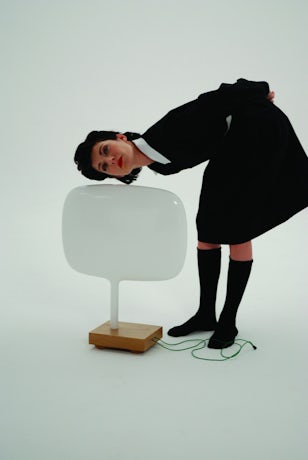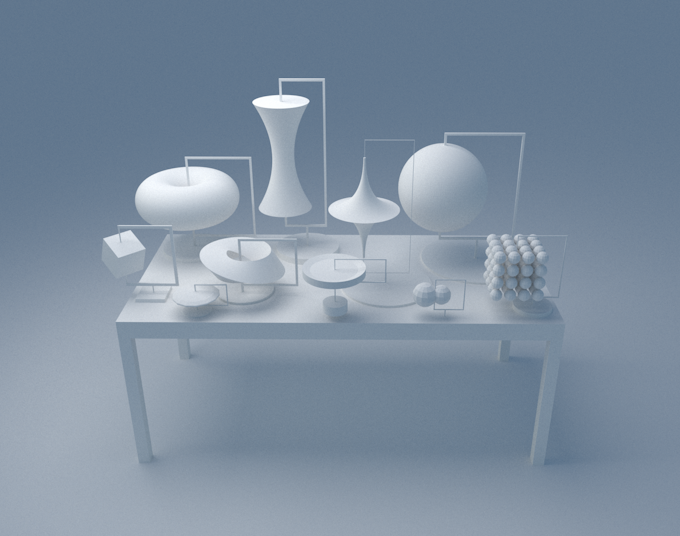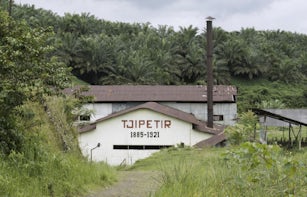
Design is traditionally seen as a realistic and practical field, aiming to land at the intersection of what looks good and what works well. But what does it mean to design aesthetic and functional solutions for ‘real’ problems in a world where reality itself is all wrong?
For decades the design duo Fiona Raby and Anthony Dunne have been reconsidering the ‘realistic’ as the basis for design by investigating subjects far outside the field. It’s no exaggeration to say that they have shaped a generation of Western design thinking, notably by leading design departments at the Royal College of Art in London and now at The New School in New York. Their landmark 2013 book Speculative Everything calls for designers to imagine alternative worlds rather than taking dominant narratives about the future for granted.
Today, objects are often designed as if in a vacuum; designers are asked to ignore the complex social and political ecologies in which they work in favour of fulfilling briefs based on notions of optimisation and efficiency. From benign-seeming ergonomic furniture that keeps workers awake on the job, to more obviously troubling examples like domestic-surveillance – Alexa and the self-driving car – design teams are expected to employ technologies without considering possible unintended effects or questioning the worldviews they reinforce.
Against these mainstream professional tendencies, Dunne & Raby, along with their collaborators and students, offer a gentle but powerful provocation to think differently. In their studio, design objects are treated not as neat and fragmentary solutions, but as catalysts for research and change. Take the Technological Dreams Series: No.1, Robots, from 2007, a group of simple-looking household robot prototypes with such character traits as nervousness and neediness – far from the supposedly impersonal and subservient smart fridge or alarm system. In works like these, human interaction is foregrounded. Design becomes ecological and entire systems, institutions and languages become topics for redesign.
Elvia Wilk spoke with Dunne & Raby about their recent work, how the COVID-19 pandemic has affected notions of the future, how the close quarters of ‘reality’ can be busted open and how ‘mindset’ may be more important a concept than ‘roadmap’ when it comes to effecting change. Within this framework, discussions can reroute from, say, the way design serves the human to what the human is, and what humans might want to become.




